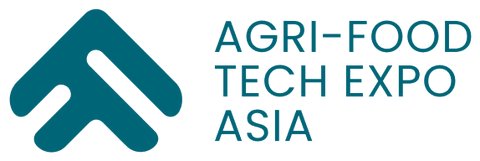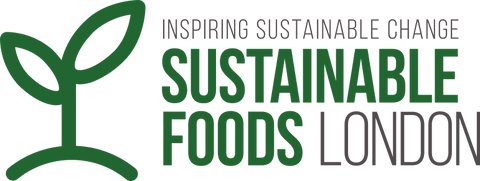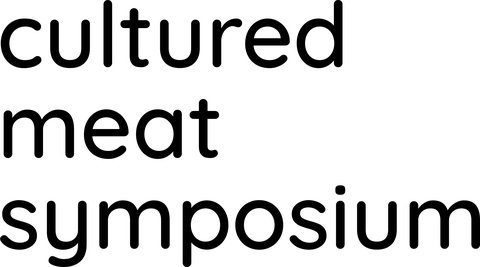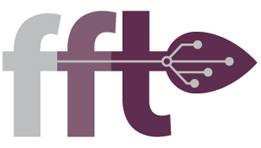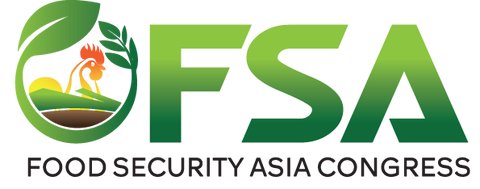Breast Milk Start-Up Helaina Aims to Improve Upon an Old Formula
June 3, 2020 - 5 min read
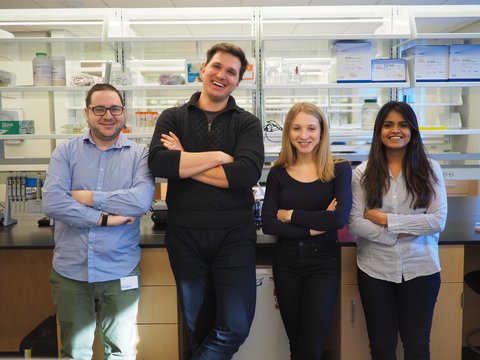
Editors' Picks
Featured
While most grocery stores now stock a seemingly endless variety of dairy alternatives derived from nuts, seeds, or grains, what most consumers don’t yet know is that a new kind of real milk—created not by cows but scientists—will likely be joining them on the shelves very soon.
And while much of the plant- and cell-based dairy industry is working to carve out its niche among the lactose-intolerant, environmentally conscious, or cruelty-free crowds, New York-based startup Helaina is in the lab working to appease an even more discriminating consumer—babies. Or maybe more accurately, their parents.
The Challenge
“Something most people don’t know is that 87% of babies are fed formula at some point,” says Laura Katz, Founder and CEO of Helaina. Katz (who is also an Adjunct Professor in the Department of Nutrition and Food Studies at New York University) worked in the food science industry for years and while she saw opportunity in the burgeoning alternative meat and dairy categories, launching a start-up solely for the sake of making another alternative dairy product was not necessarily on her agenda. Instead, she was more interested in developing a solution to a different problem.
“I’ve been a vegetarian for 14 years and I’ve also always just been really interested in matters of women’s health,” Katz told Protein Report. Seeing an opportunity to pair her values with her work, Katz launched an extensive research process, speaking to as many mothers as she could to see where problems were arising and where she could help. One topic that kept coming up? The challenges of breastfeeding.
Medical professionals have touted the benefits of breast milk for decades and, if prompted, you could probably rattle them off in your head—improved immunity, decreased incidence of allergies, fewer middle ear infections, purportedly higher IQ. The mantra “breast is best” is one every pregnant woman has heard for decades. That’s where that 87% stat becomes important.
Because while most every woman is encouraged to breast-feed, it doesn’t mean every woman can exclusively provide nutrition in that way (nor may want to).
Barriers to breast-feeding are myriad and can range from the biological (not wanting to pass on infectious disease, a baby unable to breakdown certain amino acids or lactose) and the mechanical (past surgical interventions, a baby’s inability to properly latch) to the situational (ask any person who has had to discreetly duck out of a meeting at work to pump). To Katz, this represented an opportunity not to just to make feeding more convenient and accessible to the nursing parent, but more inclusive to the non-nursing partners, including trans or cisgender male parents.
Katz also recognized a particular need for her product in the United States, where parental leave policies are minimal and nursing parents too often bear the brunt of the nutritional workload. Formula has long served this role as a parental labor equalizer, yet as the sole alternative to breast milk, it rarely innovated except where regulators insisted the industry meet specific nutritional or protection benchmarks.
Current Options
Commercially made formulas have been available to parents since the late 19th Century but it wasn’t until targeted and intensive marketing to doctors and hospitals in the 1950s that formula began its ascendance. By the early 1970s, only 14% of two- to three-month-old infants were being breast-fed in the United States.1
But just as a post-WWII baby boom, the influx of women into the workforce, and a cultural love affair with science nudged those mid-century parents toward formula, current consumer culture now increasingly demands foods be as natural as possible. What “natural” means, of course, is largely consumer-driven and always evolving.
This is where Helaina and companies like it see a huge opportunity to disrupt the staid formula industry.
The Methodology
Unlike the advertising of the 50s and 60s, what Helaina is working on doesn’t position itself as a better alternative to breast milk. No matter how perfect a milk the lab can create, it can’t replicate a mother’s immunity or hormones that can be transferred during nursing. But what it can do potentially, is be a better alternative to the only other option parents have right now, offering more easily digested nutrition than formula, a composition much closer to breast milk itself, and introduce beneficial bacteria for a baby’s developing microbiome.
Helaina’s milk is developed using technology borrowed from food science. Using yeast, Helaina’s lab nurtures a fermentation process that results in a unique microflora that can express milk. According to Katz, rigorous procedural guidelines ensure consistent nutritional composition and quality.
Several other companies, including Singapore-based TurtleTree Labs and North Carolina-based Biomilq, are also racing to develop breast milk for the consumer market. Unlike Helaina, these companies are utilizing cell-based technology (though Biomilq prefers the term “cultured breastmilk”). As with most start-ups, it can be difficult to glean specifics about their proprietary methodology, but we do know that TurtleTree Labs’ process begins with stem cells, which they then use to create human mammary cells which yield real breast milk. Biomilq’s process appears to be similar but their mammary cells are derived from commercially available lines.
The Outlook
Helaina declines to share a go-to-market date estimate but, as Katz acknowledged, they may have an advantage on other companies racing to develop breast milk because their product is fermented, a process regulators (including the FDA) already have established rules and guidelines for. In contrast, cell-based competitors will likely be slower to market as their techniques are coming not from the realm of food-science but medical-science, which presents many more regulatory hurdles.
Consumers will no doubt have to do a bit of conceptual gymnastics to understand just how quickly this sector of the food industry is growing. Instead of alternatives to dairy made with, for instance, soy or nuts, it’s harder to categorize exactly what you’d call Helaina’s product. Katz acknowledges her company (and the larger alternative dairy industry as a whole) may have to do some heavy lifting when it comes to consumer education. And while the company refers to its product as “fermented milk” there’s no doubt it’s real milk. It’s just that with no humans or animals as its source, it may be time for our vocabulary about these products to catch up with the products themselves.
Fomon, Samuel J. “Infant Feeding in the 20th Century: Formula and Beikost.” The Journal of Nutrition 131, no. 2 (February 1, 2001): 409S–420S. https://academic.oup.com/jn/article/131/2/409S/4686955#FN1





